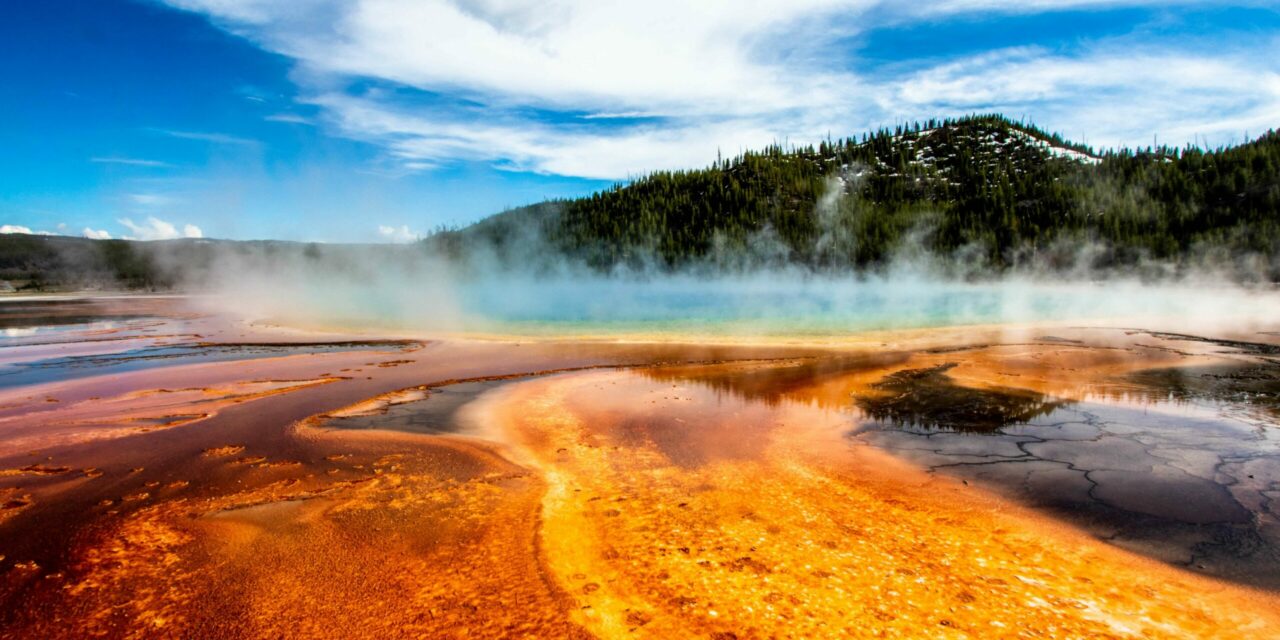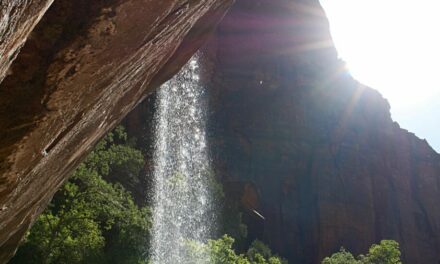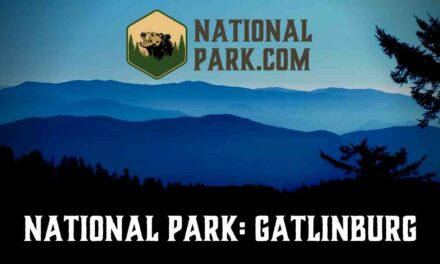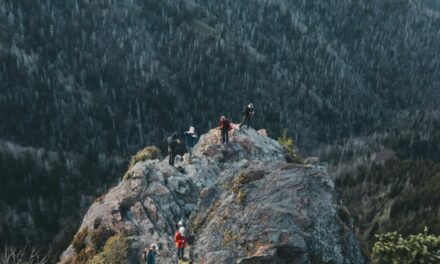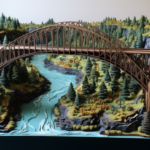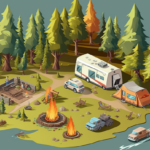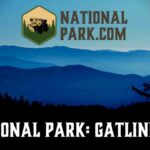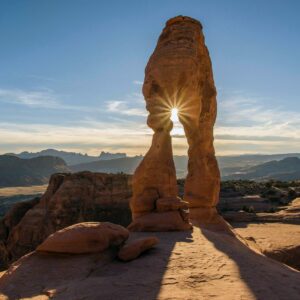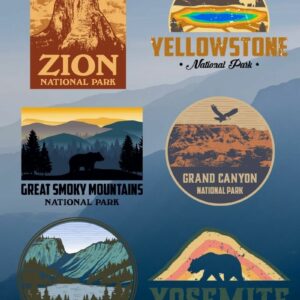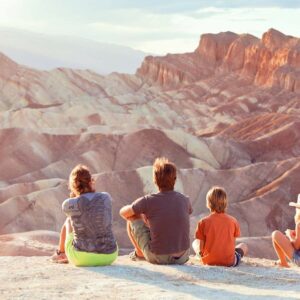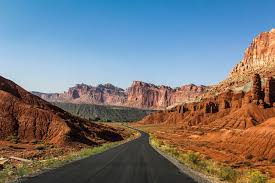If you are planning a trip to Yellowstone, you may be feeling a bit overwhelmed. The park is a huge area, and there is so much to see and do during your stay. Where do you even start? What do you need to know about the park in order to make the best decisions for your trip? Where should you stay, and what should you do while you’re there?
Anyone who has visited the parks has been in your shoes before, and we are here to help. The National Park Service has created a trip planner that visitors can use to help organize their trip, and make sure that they have all of the information needed to have a safe and enjoyable experience in the park. This guide is available in 11 different languages.
We’ve provided the trip planner below, along with some of our own tips and tricks for making your trip the best that it can be.
Top Things To Know
Be patient and flexible
Hundreds of thousands of people visit Yellowstone during the months of June, July, and August. It’s also a big place: traffic and road construction often make drive times longer than expected. You can keep an eye on the different construction projects happening on the national parks website, but don’t be surprised if you encounter some. Everyone visiting Yellowstone has the same goal as you- to experience the natural splendor of the park. By staying patient and being understanding of the situation, you can improve not only your own experience, but the experience of your fellow visitors.
Cell service and bandwidth are limited
Don’t be surprised if you can’t receive calls or texts, even in the few areas you have cell reception. There are cell towers at Mammoth Hot Springs, West Yellowstone, Old Faithful, Grant Village, Lake Village, and Mount Washburn, which provide service to most developed areas and to the North and West entrances.
However, these towers can often get overwhelmed, especially during the peak visitor seasons. If you are expecting an important phone call, we recommend that you schedule it outside of the time you expect to spend in the park. Being disconnected can even help you enjoy your park experience to its fullest.
Digital guide to enhance your experience
Download the free NPS Yellowstone app (and offline content) before you arrive. This content provides you with all the information that you could want to know about the park, and can help you plan the perfect trip for you and your family.
Plan ahead
Campgrounds and lodges fill early, so finding a place to sleep at the last minute is unlikely. Make a reservation for reservable campgrounds and lodges as soon as possible when planning your trip. There are some campgrounds that do not take reservations, and are first come first serve. If you are expecting to stay in one of these campgrounds, we recommend arriving as early as possible, before they fill up.
Drive responsibly
Observe posted speed limits and use pullouts to watch wildlife, take pictures, and let other cars pass. There’s nothing more frustrating than a traffic jam, especially during your precocious hours in the park, and disobeying the speed limit can lead to dangerous situations for visitors and for the wildlife in the park. Stay safe, and drive responsibility, for yourself and others!
Stay on boardwalks
Hot springs have injured more people than any other natural feature (including animals). Children in particular should be watched carefully on the boardwalks, to make sure that they don’t slip and fall over an edge. Keep your kids close and watch your step as you enjoy the views of the hot springs.
Bears inhabit the entire park
Bears are not just the backcountry, so learn how to travel safely in bear country. Here are a few basic bear safety practices. You should never feed bears- they become dependent on human food, which can be dangerous for both them and us! If a bear approaches or touches your car, honk your horn and drive away. Read up on bear encounters, and take some bear spray along with you on your hikes. Review which areas are closed for bear management before and during your visit. If you follow these practices, you can keep both yourself and our bears safe during your visit.
Practice safe selfies
Never approach animals to take pictures and always be aware of your surroundings. Remember, no matter how cute or friendly they might look, the wild animals of Yellowstone are just that- wild. Wild animals are unpredictable, and can react dangerously when they feel threatened or stressed. Observe our animals from a comfortable distance. Photos are encouraged, as long as they are taken safely!
Early (and late) birds avoid crowds and traffic
Visit the park during non-peak hours—before 9 am and after 3 pm. Check out the list of seasonal highlights, in order to make the most of your visit, no matter what time of year you make it to the park.
Explore beyond our borders
The Greater Yellowstone Ecosystem includes much more than the park. Plan your trip to take in the vibrant communities, public lands, and natural wonders throughout this area.
Following these simple steps can help you and your family make the most of your Yellowstone experience. For first time visitors, or even return visitors, it can be overwhelming to make all of the preparations and do all of the planning needed when visiting a national park. This list is here to help!


